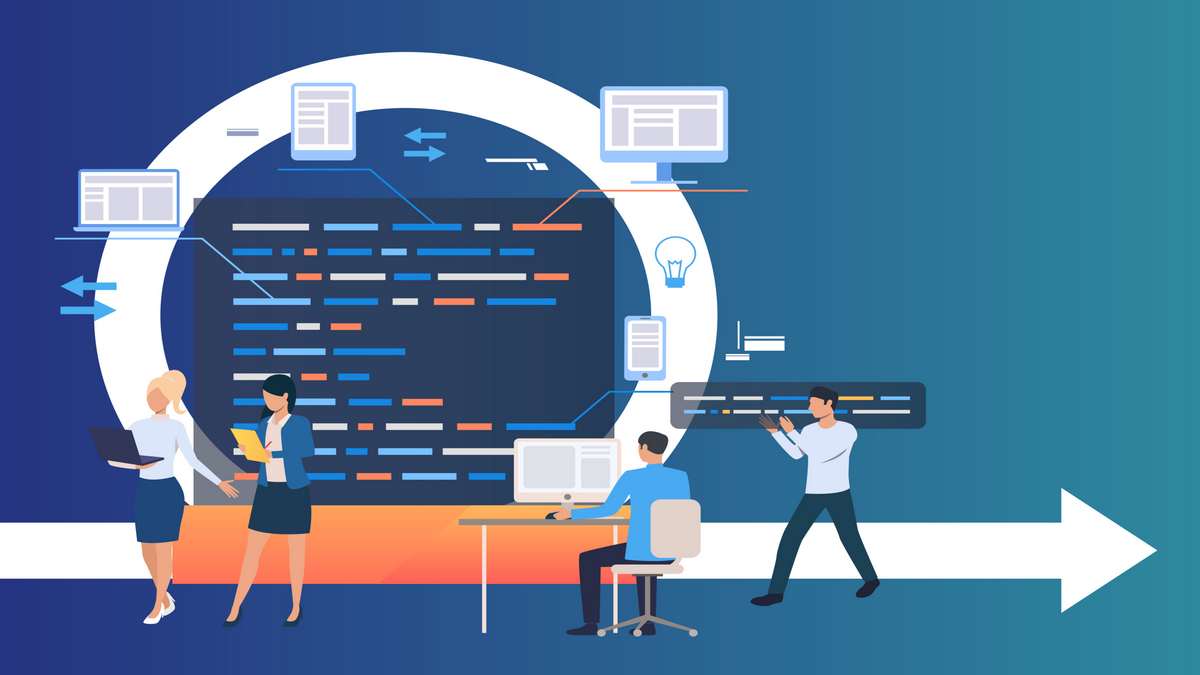
The Theoretical Foundations of the MVP Concept
The lean startup technique is where the fundamental ideas of the Minimum Viable Product (MVP) concept originate. As mentioned by Celadon, it highlights how crucial it is to launch a basic version of a product fast in order to test hypotheses, get customer input, and iteratively develop the product.
Do you think that finding a few articles through a Google search may help determine the cost of developing an MVP app? Regretfully, the findings of this kind of study will make you wonder much more than you did before. To be honest, you might simplify the task and use an MVP cost calculator to estimate the evaluated cost.
Arguments in Favor of Developing an MVP
Understanding the distinctive features of a Minimum Viable Product (MVP) is crucial for accurately estimating the budget and its components, especially in the context of MVP software development.
Test Idea in Action: Releasing an MVP allows you to test your idea with the target audience, gauging its relevance and chances of success.
Continuous Growth: Interact with early users, collect feedback, and optimize your project based on real user experiences.
Optimized Costs: Adopt a minimalist approach to development, using a minimal set of features to assess user reactions, saving time and money while proving project viability.
Competitive Advantage: Launching a working product earlier with a lean MVP development approach provides a competitive edge and minimizes time and financial investments.
Attract Financing: An MVP serves as an investment, attracting potential investors or financing from corporations and individuals.
Anyway, let’s return to the questions about cost.
Factors Influencing MVP Costs
The cost of developing a Minimum Viable Product (MVP) is subject to numerous factors, leading to variations in prices based on the specialists engaged.
Key influencers on MVP costs include:
1. Amount of Work:
- Core Functionality: The work scope, encompassing the essential features of the application, is a pivotal factor in determining MVP costs.
- Development Stages: The estimation covers not only coding but also tasks related to analyzing the project’s feasibility and requirements.
- Calculation Method: The potential work amount is calculated by estimating the time required for project implementation in hours, multiplied by the hourly pay for the development team.
2. Type of Development Team: In-House vs. Outsourced:
- In-House Approach: Involves an internal development team within the company, reflecting an “employer-employee” relationship. Typically entails higher costs due to long-term commitments.
- Outsourced Teams: Collaboration with external, independent teams, often cost-effective and time-saving. Ideal for short-term projects like MVP development.
3. Hourly Rate:
- Hourly Rate Format: Payment is based on actual work done, providing flexibility.
- Factors Affecting Rates: Rates vary based on geographical location and the qualification level of developers.
- Geolocation Impact: The cost of living in different regions influences the hourly rates, leading to diverse pricing policies.
4. Geolocation:
- Regional Variation: The same hourly rate may have different implications in various countries, depending on living standards.
- Global Averages: Hourly rates globally differ, with averages in regions such as Western Europe, Eastern Europe, North America, South America, Africa, Australia, and Asia.
5. Qualification Level of Developers:
- Experience Levels: Developers are categorized into Juniors (up to 1 year), Middles (1 to 5 years), and Seniors (over 5 years). The level of experience influences payment.
- Special Skills: Specific experience or skills may impact the payment amount.
6. Contractual Obligations:
- Time and Material Contract: Common for MVP development, allows flexibility for project adjustments during implementation.
- Fixed Price Contract: Less favored due to precise scoping requirements and limitations on adjustments during development. This may lead to overpayment.
Understanding these factors is essential for accurate cost estimation and budgeting during the MVP development process. It enables businesses to make informed decisions about the development approach, team selection, and contractual agreements.
Cost-Effective Strategies for MVP Development
Established platforms like Uber, Facebook, and Airbnb began their journeys as Minimum Viable Products (MVPs) during their startup phases. Drawing inspiration from these success stories and leveraging our practical experience, opting for MVP development before a full-fledged product is a strategic decision, significantly reducing the cost of an MVP mobile app. Here’s why:
1. Chopped Development Expenses:
- Accelerated Timeline: MVP development typically spans a concise 2-month timeframe. The brevity of the development period directly translates to minimized expenditures on time-related aspects.
- Reduced Costs: Shorter development cycles result in diminished costs, contributing to a lower overall MVP mobile app cost.
2. Smaller Investment Risk:
- Risk Mitigation: Investing in a full-featured product at the initial stages can be risky. The uncertain market response may lead to unpredictable outcomes.
- MVP as a Solution: Opting for an MVP mitigates risk by offering a smaller investment approach, allowing businesses to gauge market reception before committing to a more extensive and costly development.
3. Room for Clear-Sighted Development:
- User Feedback Loop: Introducing the MVP to early users and gathering their feedback creates a valuable feedback loop.
- Informed Decision-Making: Insights obtained from early users guide development decisions, steering clear of unnecessary features and contributing to a more focused development approach. This targeted strategy helps in achieving a lower MVP mobile app cost.
4. Allure Investors:
- Enhanced Project Understanding: MVPs provide in-depth insights into a project’s potential, facilitating a better understanding for potential investors.
- Increased Investment Opportunities: A well-executed MVP increases the likelihood of securing investments. Investors are more inclined to support a project that has undergone initial validation, covering not only MVP cost estimates but also signaling potential for full-scale development.
Brief Conclusions
In conclusion, the MVP idea, which is based on lean startup concepts, promotes the quick deployment of a basic product in order to collect user input and verify hypotheses. There are benefits to creating an MVP, such as a shorter time to market and less risk. An MVP’s prices are determined by a number of factors, but there are ways to reduce costs without sacrificing the product’s essential features.